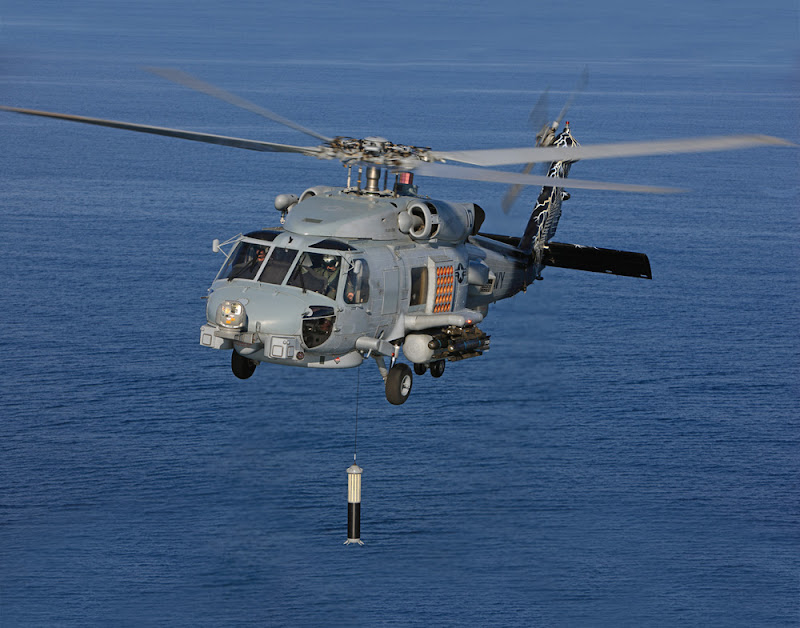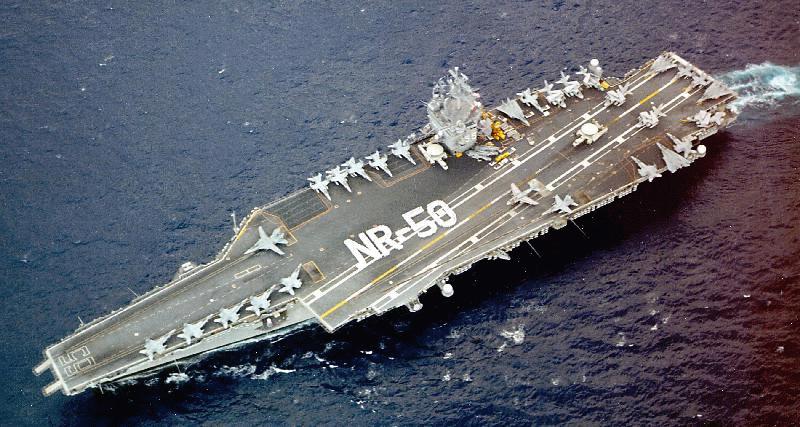The Type 051 Luda class guided missile destroyer, the first anti-ship missile destroyers designed and built in China, are generally similar to the Soviet Kotlin smaller class. Intended to strike against the ship, the main offensive weapon couple of "Sea Eagle I" ship to ship missiles.
The combat potential provided by the high speed and long range of this design has been compromised by the lack of air defense capability. In common with the Soviet Union Kotlin class, Luda class ships originally had no ship-to-air missiles for self-protection, a deficiency that the Soviet Navy eventually remedied with Kotlin SAM class. Luda class destroyers can be the first Chinese warships to incorporate a combat management system.
Destroyer of research began in the late fifties at the Academy of the seventh. By the mid-sixties, the Institute No. 701, which was under the auspices of the Seventh Academy, began developing a destroyer of the first generation of guided missiles. The rules of the destroyer were to have 3,000 tons displacement or more, and to be powered by steam power. The destroyer gun would both 130 mm and 57 mm, depth charges, sonar and radar.
The destroyer design was approved by the National Planning Commission, the Office of the National Defense Industry and the Commission of Science and Technology for National Defense in June 1967. Construction began in 1968 in Dalian shipyard.
For the most part, the Chinese lacked experience in the development of a guided missile destroyer. The production technology of a guided missile destroyer was developed by mainly by No. 701, No. 713 of the Institute and the Academy of the MMB Third seventh. Over time, the Chinese developed an effective scheme to equip its guided missile destroyers.
In December 1971, the first destroyer built was delivered to plan. In September 1973, a destroyer conducted a successful shot and saves missile tests. Both the Plan and the Sixth MMB shows a schematic design of a destroyer.







